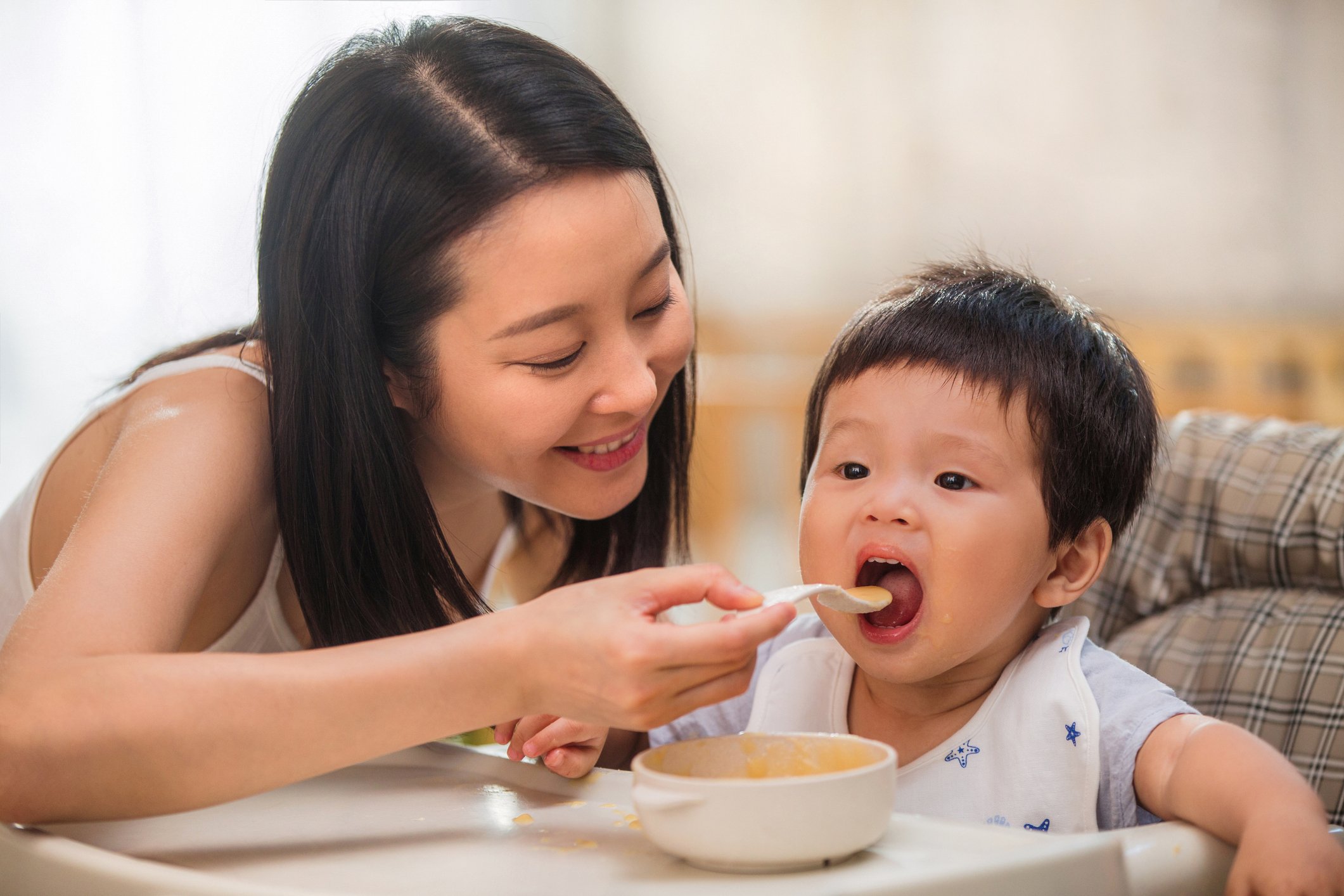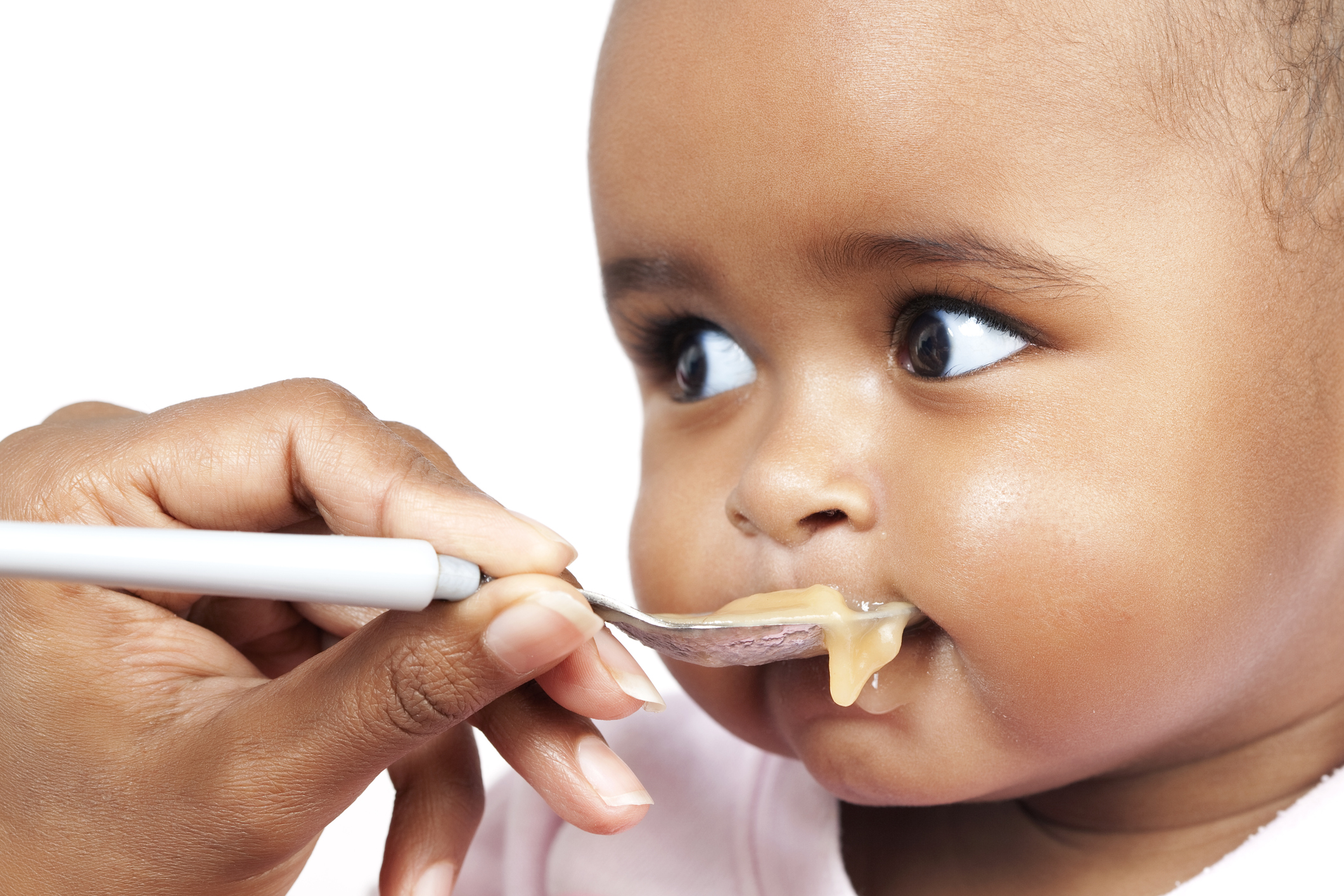
In this article
We can’t deny that food is a major aspect of most cultures. We tend to center our celebrations and entertainment on what food will be served, or save certain foods for particular times of the year and holidays. During the pandemic, I’ve seen several of my friends learning about new cultures by trying their foods and figuring out how to cook them at home. As we embrace our own heritage and learn about other cultures through food, why not let your baby to do the same?
As with any good parent, moms tend to take it slow with food. We may question how and when to start branching out and giving our babies new textures and flavors. We are told by our pediatricians and family that certain foods should be introduced before others. Additionally, there are foods that are harmful to baby that may be a big ingredient in our culture. So this decision of when to introduce your baby to your family’s traditional foods and other cultural foods is a tough one.
Adventurous baby foods with seasoning, flavor, spices (not spicy!), and various ingredients are so fun for us to try, and as we explore our cultures with our family recipes, we can absolutely introduce our babies to these cultural foods as well. Food has so many cultural implications that bringing the discussion into motherhood is a natural connection.
As you begin to consider whether to include your baby during the next celebration or family dinner, consider these benefits and steps to introduce your baby to your cultural foods.
1. Start with what is comfortable for you
There’s a tendency to start with bland foods and not give our kids food with flavors. But experts say giving your child foods with spices and flavorings is OK.
“There’s a difference between hot spices, and the aromatic ones. Aromatic ones — such as cinnamon, nutmeg, garlic, turmeric, ginger, coriander, dill and cumin — are perfectly fine to introduce to children, even in infancy after 6 months,” Dr. Anca Safta, a pediatric gastroenterologist, told Live Science.
Some spices are especially healthy for them and provide great benefits. But depending on the spice, you may want to delay the introduction, especially if it’s a hot spice.
2. By sharing cultural foods with your baby, you don’t have to make a separate meal
When you’re preparing dinner, instead of having to separate your baby’s food from the larger pot, you can simply cook as you normally would. That way, the whole family can share the same meal.
3. Your baby may already have been introduced to the flavor, so why stop now?

There is some data that suggests flavorings are sensed in utero. Therefore, your baby may have already experienced the deliciousness that you were consuming while pregnant.
“Things like vanilla, carrot, garlic, anise, mint — these are some of the flavors that have been shown to be transmitted to amniotic fluid or mother’s milk,” Julie Mennella, a researcher at the Monell Chemical Senses Center, told NPR.
Why not give baby the chance to try it again outside of the womb?
4. Consider the safety of the food you want to give your baby
As you decide whether to start flavoring your baby’s food, you might want to have an open dialogue with those who feed your baby. There are times when others, such as school and day care employees, grandparents, and babysitters will feed your child. A discussion with them will help ease any concerns you have as you begin to branch out with other foods. Cultural norms can sometimes be dangerous. For example, recipes with honey should be avoided for infants under 1 year old. It’s always best to have open conversations about safety early and often, and always involve your child’s pediatrician.
Remember that in all of this experimentation, what works for one family may or may not work for another. Making informed decisions that are best for you and your baby is always the way to go.







